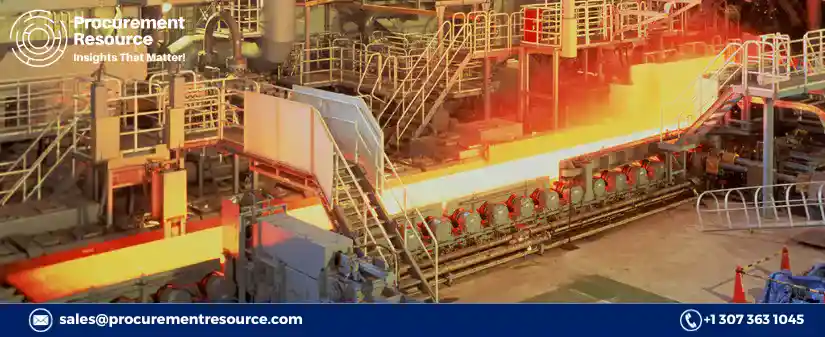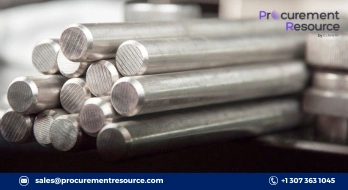JFE Steel of Japan gradually focuses on tapering-off the coking coal dependence for steel production

JFE Steel of Japan is strategizing to reduce its dependence on coking coal by enhancing the use of recycled materials in steel production starting from October 2024. The company has plans to construct a plastic recycling facility capable of producing 60,000 tons of plastic pellets annually at its Keihin complex in Kanagawa prefecture.
Request Access To The Latest Price Trends of Steel
This initiative comes on the heels of its decision to close certain operations at the same complex. By converting plastic packaging and industrial waste, which it intends to purchase, into pellets, and with an investment of 6.75 billion yen ($45 million) alongside other JFE group entities, the company is looking to reduce its coking coal consumption by the same amount.
At present, JFE Steel's coal usage stands at approximately 1.8 million tons per year, against the 45,000 tons per year of recycled plastics. Furthermore, the company is eyeing an expansion of the Keihin plant's recycling capacity to 120,000 tons per year within the timeframe of 2023 to 2031, aiming to cut CO2 emissions by 160,000 tons annually.
In its quest for more efficient operations and a focus on high-value products, JFE Steel has been implementing structural reforms, which include the recent shutdown at Keihin and a revamp of the No.6 blast furnace at its Chiba steelworks. These moves underscore the company's shift in strategy towards prioritizing quality over quantity in its production processes.
Read More About Steel Production Cost Reports - Get a Free Sample Copy in PDF
According to the article by Procurement Resource, JFE Steel is set to decrease coking coal use by 60,000 tons annually by establishing a new 6.75 billion yen ($45 million) plastic recycling plant at its Keihin complex in Japan. The plant, part of structural reforms focusing on efficiency and high-value production, will produce 60,000 tons of plastic pellets each year, with potential expansion doubling the output by 2031. This effort will not only reduce coal dependency but also aims to significantly cut carbon emissions.




.webp)